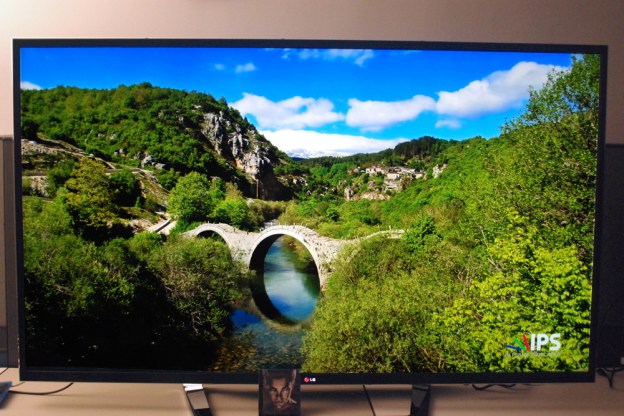
LG claims to have sold around 300 units since releasing its $22,000 84-inch 4K/Ultra HD TV in Korea, says The Verge. At first blush, we were inclined to dismiss this story as barely blurb-worthy, but then we had a flashback to high school math class. Compelled to multiply, we realized that the sales figures LG is laying claim to would total up to $6.6 million – and that’s with no native programming yet available.
Since CES 2013 may as well have been a 4K/Ultra HD conference, it’s fairly clear that manufacturers are determined to bring the technology into the home, and the fact that they’re having any success now – before the technology is even market ready – bodes well for the future. Imagine consumers were buying the upcoming Xbox 720 (as its being referred to for the time being), at great cost, before there were any games available.
To be fair, South Korea is a particularly “tech-forward” nation, if you will, so there’s no guarantee that their demand for burgeoning tech isn’t an anomaly. Still, when the price comes down, and content arrives in earnest, we think there will be a substantial market for 4K/Ultra HD TVs.
Editors' Recommendations
- What we want to see from the next Apple TV 4K
- Sony debuts the Bravia 9, its brightest 4K TV ever, alongside new 2024 models
- Best Buy TV deals: Save on QLED TVs, OLED TVs, and 8K TVs
- This 75-inch 4K TV is discounted from $650 to $490 right now
- This 50-inch 4K TV is so cheap we thought it was a mistake


